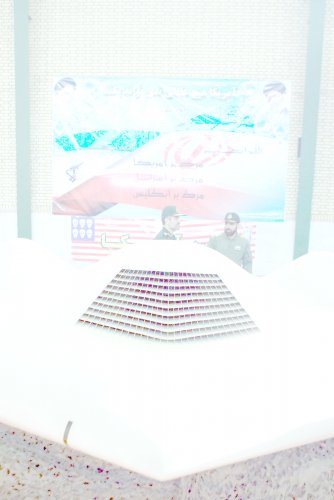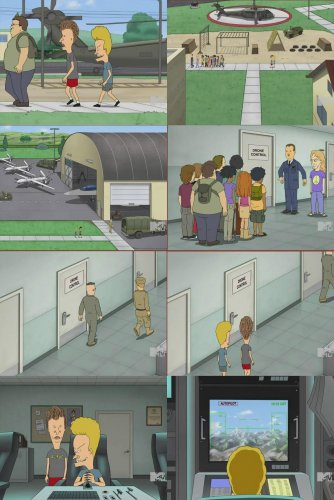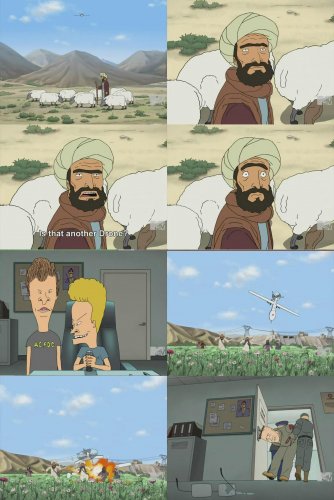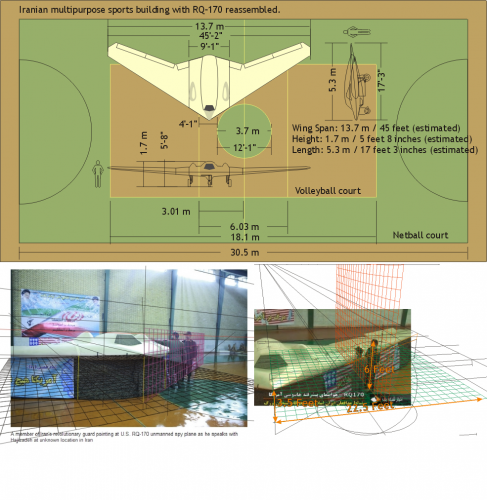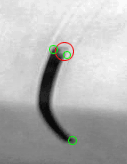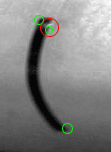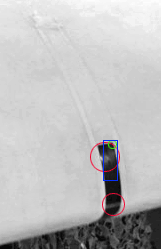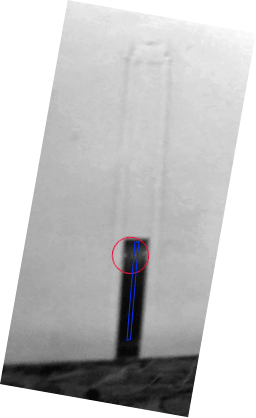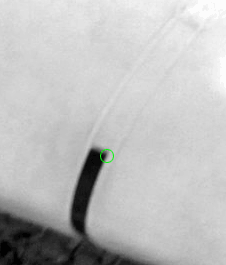quellish said:It's likely that contact was lost, it flew until it ran out of gas, and glided to a rough landing in Iran. It may not have been operating over Iran at all, just pointed in that direction.
No failsafes then?
I.e. (bad, bad pseudocode) [IF contact=NULL for xx seconds THEN altitude=xx, heading=xx, speed=xx AT xxxx,xxxx,xxxx beacon=activate, flight pattern=default_circle] type of thing, or even just [IF contact=NULL for xx seconds THEN altitude=ceiling AT ceiling charges=arm, wait xx seconds AND charges=initiate]. The latter would seem even more likely, given that a wayward drone risks a collision and/or in circumstances like Afghanistan might compromise air support/operations for a given area (... a drone, might've been a Predator, was shot down at some earlier point by an F-16 after control was lost). Then again this drone might be a much more simple affair than the "stealthy" shape would suggest, with no autopilot/autonomy/intrinsic situational awareness to speak of. Not much to "hack" if it's such a crude affair.
It certainly is much smaller than I thought (Many commentators have noted on this ... or does the "RQ" come in different scales? Would be a neat trick. To me the earlier taxiing photos don't scale really well - especially in detail - to the thing the Iranians are parading around. Might just be a lack of clear scale of reference thing, or that those Iranians are 10 ft tall or something.) and the lack of crash damage could also suggest that of the kinetic energy variables the actual mass of the vehicle is not very significant - also pointing to a lack of sophistication and complexity. What kind of a turbine (at least ten years old) fits in that frame anyway? Fuel consumption/max volume/range?
SOC said:What if it's covered in places (or someplace else on the jet is) with a mesh that appears solid from a distance or in a lower quality image, but is actually intended for air sampling? An air sampling platform would be far, FAR more valuable over Iran than any sort of traditional ISR platform.
I can only guess, but air sampling seems a good candidate; at least it was the first thing that came to my mind. The USAF has unique capabilities and decades of experience in the area of nuclear arms control flights (bespoke planes - can't remember type but large, passenger plane scale frames - and the Global Hawk was also deployed extensively at Fukushima) and the Homeland Security front also has some (purportedly) amazing sensors, picking up radiotherapy patients miles and miles away. Much information can be derived from minuscule amounts of isotopes, so why not have a moderately low observable thingy collecting samples pretty much routinely?
The worst that can happen is that a couple of buffoons get to prance around the thing while practically nothing of covert value (apart from the data from the run) is lost. And the missions can pretty much continue regardless because, hey, the sovereignty of their airspace in this regard is mostly nominal anyway. Not everything covert must be really, really complicated.


